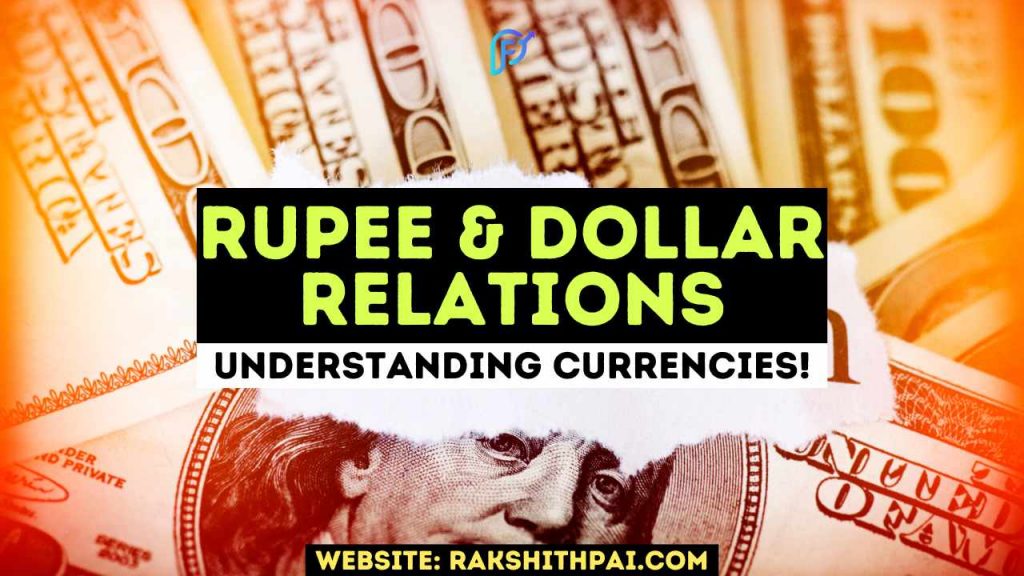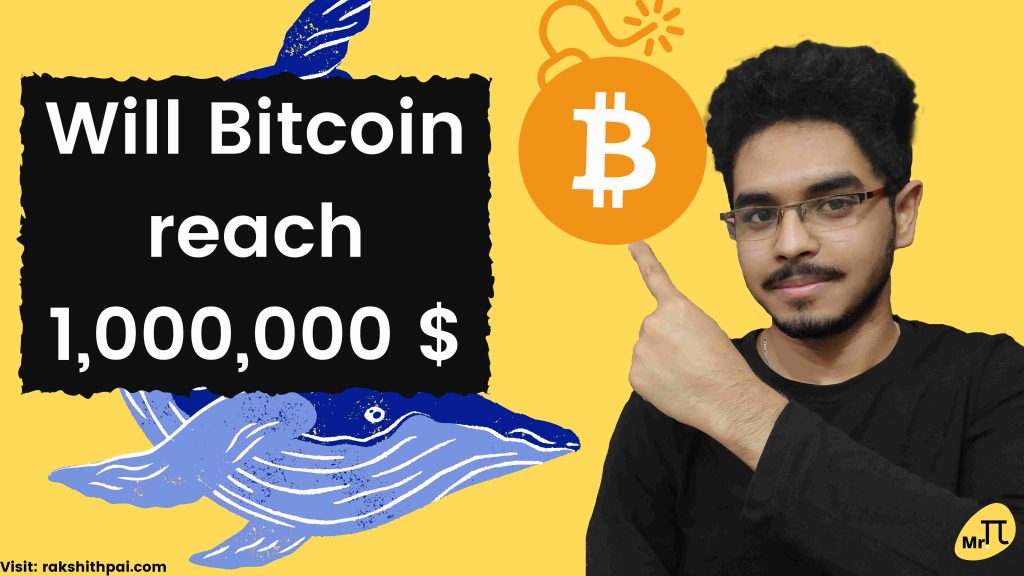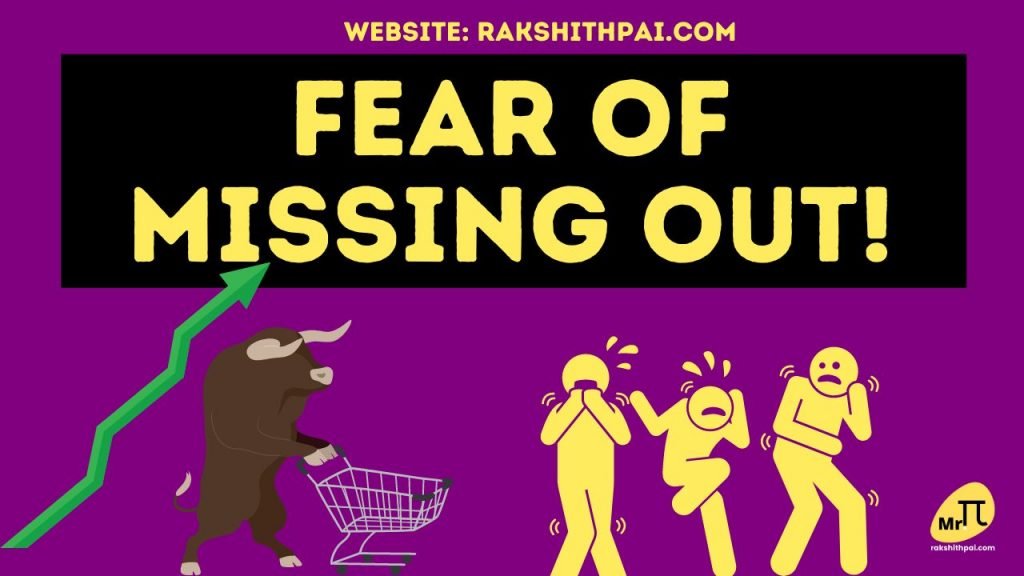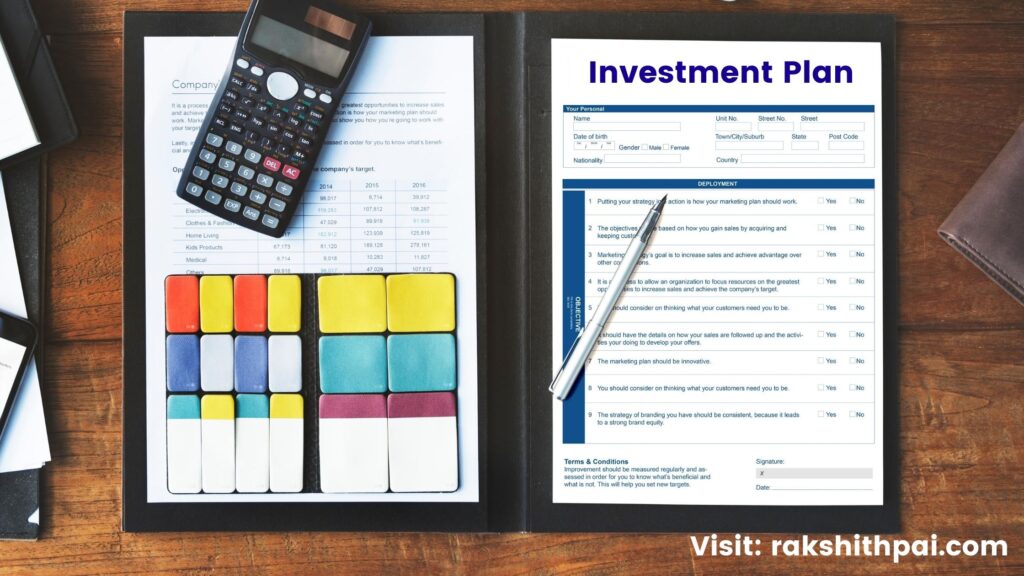Table of Contents
Introduction to Indian Rupees:
The rupee is India’s national currency just as the US Dollar is the US nation’s currency. But, the difference here is that the Indian rupee is used only in India and some neighboring countries such as Nepal & Bhutan as legal tender. The rupee is also used for trade with nations such as Iran, Singapore, Malaysia, Indonesia, Hong Kong, Sri Lanka, the UK, etc.
But, US Dollar is termed as Universal currency. Meaning it is the currency that’s accepted all around the globe. Maybe not a legal tender. But it is definitely a currency that’s used for trade. This is one of many perks you get being a Super Power. Here, the US gets to dictate where its money is spent. Thus, a currency leash on pretty much everyone who uses Dollar.
Dollar – Rupee Relationship:
Have you noticed that whenever there is economic uncertainty, the US Dollar grows stronger? Even now, Rupee is at its all-time low against the US dollar. But why?
Think about it… If your currency is widely used in the world then you get a buffer that no other country gets.
Inflation is caused when the money supply in the system is increased. But, if your country’s currency is the dollar and when the dollar is widely used amongst traders, investors, and others all around the globe as their primary currency, then your dollar demand will ease up the inflation worries.
A benefit that’s not available for countries such as India or anyone other than the US. With just a bit of a rate hike & Dollar is portrayed as the safest currency to hold.
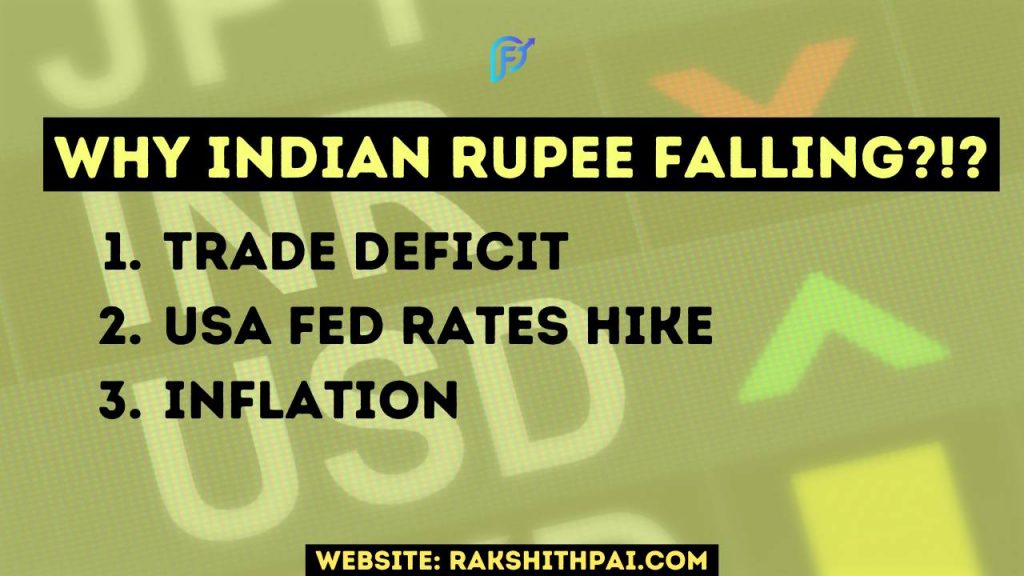
Why Rupee is Depreciating at a faster pace?
There are many reasons for a country’s currency to depreciate. Here are some that I could note;
Trade Deficit
It’s when India imports more than it exports. So, we have to spend more than we earn in regard to trade. This will affect nations’ home currency making it less valuable. Thanks to Russia-Ukraine War, crude Oil & other commodities have skyrocketed! India being a nation that’s heavily dependent on oil imports, the rupees will take the hit.
US Rate Hike
When you hike your interest rates, the value of your currency will rise and vice versa. The pandemic started with countries racing on who will reduce their interest rates sooner. Now, it’s the opposite. Everyone is trying to hike interest rates without impacting their economy. But, as said earlier, Western Countries, mainly the US can raise interest rates and attract investors to park their money in US dollars more easily than India with our Rupees.
Inflation
Inflation reduces the purchasing power of your currency. Now, if you purchase and consume everything from your own country then maybe we can help the rupee to strengthen. But, in reality, India consumes a lot and a great chunk of it comes from outside as import. For example Crude Oil & Gold.
Inflation and its impact on the Economy & Stock Market:
What happens to the rupee when the dollar falls?
The major reason for the rupees to fall is the trade deficit. A trade deficit happens when we consume more than we produce. For example, in FY 2021–22, India’s imports rose drastically to 610.22 billion US dollars, wherein our exports were at 417.81 billion US dollars. Hence, we saw a trade deficit rise 87.5% from the previous year, amounting to 192.41 billion US dollars.
So, why did our imports rise 87.5% in a year? Does that mean we should start consuming more?
Actually, the cause of the rise in our import bill is the steep rise in the cost of crude oil. Also, coal and other raw materials have become costlier due to the ongoing war and pandemic situation. Such costly imports put a dent in India’s dollar reserve. The high cost made India’s trade deficit go down, and due to the logistical impact, our exports were also disturbed. So, income was short while the expenses were costlier.
With the trade deficit running low, Indian rupees will be termed unfavorable in the global market. When such a currency is pegged to the dollar, the value of our currency will start to lose its charm.
Is a weak rupee good for India?
Before we understand currency fluctuation, we must first understand the cause of it. Since the beginning of the pandemic, every country has faced the issue of its currency being depreciated. All the Asian countries such as China, Japan, Taiwan, South Korea, India, Pakistan, Bangladesh, and many other western nations are facing currency depreciation. With that said, it’s clear to say that the situation we now have in hand is not of the rupee depreciating but the dollar appreciating.
The weakening of the Indian rupee will make our imports costlier. Since India has a trade deficit, the costly imports will reduce our dollar reserves, and if the dollar reserves are reduced to the limit as it is with Sri Lanka and Pakistan, then India will be in a similar situation. Obviously, I do not see India going anywhere near such an instance.
The reason is, that our country is the fastest growing nation on the planet. And, when the entire world was suffering the ill effects of pandemics and wars when all countries were still attempting to regain lost ground, India stood tall and began to move ahead. Yup, I’m an optimist.
With that said, the Indian rupee, although currently at its lowest, will bounce back and stay at Rs. 78 per dollar exchange rate for some time before we go further.
How to Diversify Your Stock Portfolio
How to Invest when the Rupee is falling?
Exchange rate risk is faced by those who earn in rupees while spending in dollars. This situation arises if you are earning in India and your children are getting their education in the US and other Western countries. In such a case, your Indian rupee will be of little use to your children studying abroad. And, it’ll be much more difficult for you to survive, given the fact that Indian rupees are at an all-time low. This is mainly the case if the rupee depreciates as it does.
So, what can be done?
The first (and possibly best) option for you is to earn dollars. And, if that’s not possible, then try to spend in rupees. If either of the choices is not doable, then consider investing in dollar-denominated bonds, ETFs, and other similar investment products. Foreign investment may provide you with a safety net as prices rise.
And, if you do not wish to own foreign investments, to overcome the issues at hand, you must take higher risk and earn more by investing in riskier assets to balance the value drop in holding currency.
Conclusion:
The rising dollar will most surely affect the Indians. Although an increase in export profits is possible, it will simply operate as a buffer. And, given the fact that, when compared to other currencies, the rupee has held up pretty well, we have enough cash on hand to handle any surprises. So, Indians do not have to worry much about the rising dollar.
As far as investing is concerned, Investing in foreign bonds will be a costly venture. In the name of safeguarding wealth from currency fluctuation, do not make hasty decisions such as investing in US dollar-denominated bonds and other products. If need be, consult a professional.
And, I would rather suggest investing in Indian equities. Such a suggestion is made for two reasons.
1. India is the fastest-growing economy. Investment in Indian companies will yield higher returns.
2. Currency fluctuation has always been present and will be so for many years to come. Nobody can overcome the changes. But, what we can do is avoid sitting in cash and instead invest in a diversified portfolio, trying to earn returns that are over and above the running inflation rates.
For More Information, Check this Video:
Disclaimer: All the information on this website is published in good faith and for general information purposes only.

